About Pav Recipe
Pav is basically a small loaf of bread, introduced by the Portuguese in India. Thus, also referred to as ‘pao,’ going by the Portuguese food traditions. In Hindi, the word Pav refers to ‘quarter or ¼ᵗʰ .’ Sometimes you get the Ladi Pav in a set of 4. It is also said that since the bakers kneaded the dough with their feet at that time, the name is Pav which means ‘feet’ in Hindi. Commercially, Pav is always made with maida or all-purpose flour. However, at home, we can make these small bread rolls with whole wheat flour (atta) or other flours. I also make a Pav Recipe with 100% whole wheat flour. You could opt to make Pav with equal portions of both all-purpose flour and whole wheat flour. Pav made this way using an equal mix of both the flours also yields a soft and light texture. The recipe of Mumbai Ladi Pav in this post is made with 100% all-purpose flour (maida). I make these light bread rolls once in a while or on demand, when the regular Whole Wheat Bread or chapatis get monotonous for the family. I have developed this Pav Recipe over a period of time to get the best result. The recipe method makes use of the sponge or ‘poolish’ method for leavening, resulting in super soft and spongy Pav. I have added instant yeast in the recipe. However, fresh yeast or dry active yeast can also be used. To get the aroma and taste like that of the Ladi Pav made in the bakeries, it is advisable to use fresh yeast. The proportions of all 3 are mentioned in the recipe card below. Usually, I make these Mumbai style buns or dinner rolls to be served with Pav Bhaji, Misal Pav, Masala Pav, Vada Pav, samosa pav or pav sandwich. I never buy Pav from outside as this recipe really yields in excellent homemade bread rolls.
How to make Pav
Make Dough
- In a bowl take, 1 cup all-purpose flour, 1 teaspoon instant yeast (rapid rise yeast) and 2 teaspoons sugar. Make sure the water is lukewarm. If not then all your efforts will go waste. The water should not be hot. Note: If using active dry yeast or fresh yeast, then ensure the water is neither hot nor cool. Hot water will destroy the yeast and less warm water or cool water won’t help in activating the yeast.
- Add 1 cup lukewarm water.
- Stir or whisk to make a smooth and thick batter without any lumps.
- Cover and keep the bowl for 30 to 40 minutes or till you see a bubbly and frothy mixture. The batter would also have risen. The picture below shows the consistency. This is the sponge starter.
- Add 2 tablespoons oil, 1 teaspoon salt and 1 cup all-purpose flour.
- Mix with a spoon or spatula.
- Add 1.25 cups of all-purpose flour.
- Mix and then begin to knead for about 10 to 12 minutes. If the dough appears sticky, then you can add about ¼ to ½ cup flour. The proportion of water to be added depends on the quality of the flour. Overall, I added 3.25 cups flour and 1 cup water. You can also knead the dough using a stand-mixer bowl attached to a dough hook.
- Knead to a smooth, pliable, soft and elastic dough. The dough on stretching should not break or tear.
Leaven Dough
- Spread oil or butter all over the dough. Cover the bowl with a kitchen cotton napkin or a lid and keep the bread to leaven for 20 to 25 minutes. The leavening time depends on the type of yeast used and the temperature conditions.
For instant yeast, 20 to 25 minutes of the first rise is enough. For dry active yeast or fresh yeast, you will have to keep for about 45 minutes to 1 hour or more.
- The risen and doubled dough for Pav.
- Gently punch and deflate the dough and form a log.
- Slice the log into equal portions.
- Take each portion and roll between your palms to get a smooth round roll.
Bake Pav
- Make rolls this way and place them in a greased baking tray keeping 1 inch space between each. Cover and keep for 25 to 30 minutes for the second rise. The small buns would increase in size.
- Then, brush the rolls with some milk. This gives a golden color to the Ladi Pav.
- Place the baking tray in a preheated oven at 200° C/ 390° F for 25 to 30 minutes or till the tops turn golden and the rolls sound hollow on tapping. Before baking, remember to preheat oven at for 200° C/ 390° F 15 minutes.
- Remove the baked rolls from the tray (with a spatula) and place on a wired rack or wired tray, so that they don’t become softened and moist from the bottom due to heat condensation. Brush melted butter or spread softened butter on top of the Pav for a glaze. This is an optional step. 19. Serve Pav warm or at room temperature with any curry like Usal, a vegetable dish or just as plain Maska Pav (buttered rolls) with Masala Chai or Cutting Chai. You can also use them to make Mumbai street food snacks like pav bhaji, misal pav, vada pav or Kacchi Dabeli. Leftover Pav keeps well for about a week in the fridge and a few weeks in the freezer.
Expert Tips
Please be sure to rate the recipe in the recipe card or leave a comment below if you have made it. For more vegetarian inspirations, Sign Up for my emails or follow me on Instagram, Youtube, Facebook, Pinterest or Twitter. Whole Wheat Bread | Wholemeal Bread (Atta Bread) Brown Bread Homemade Bread | White Bread Pita Bread | Whole Wheat Pita Bread (Oven & Stovetop Method) This Pav Recipe from the archives first published in October 2014 has been updated and republished on January 2023.


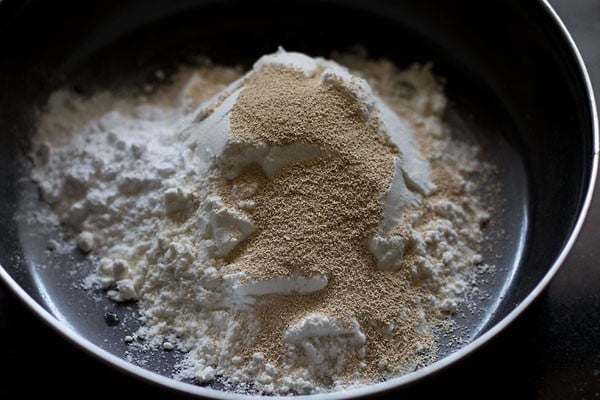

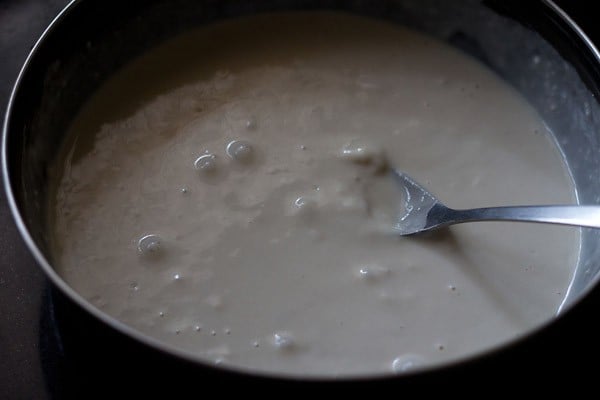
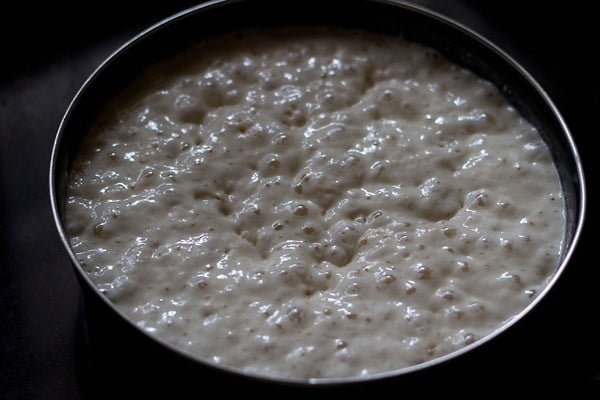
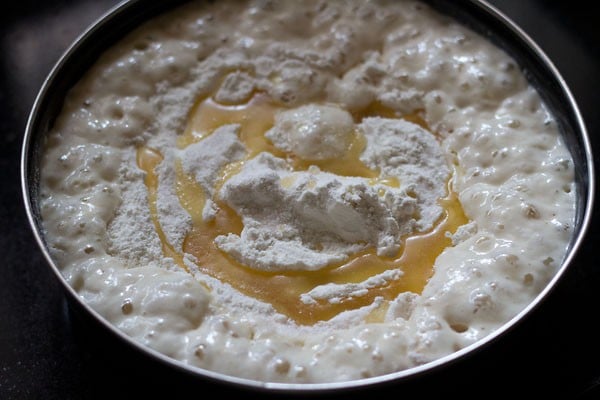
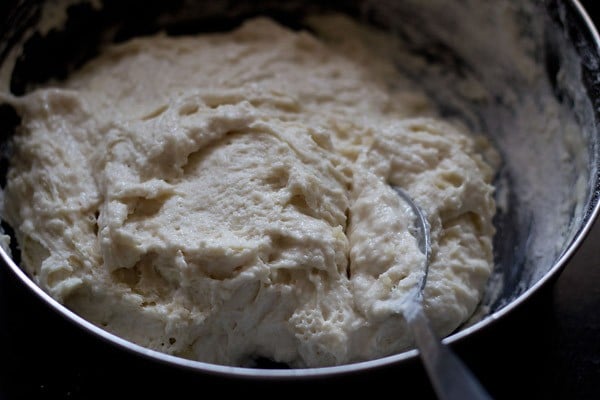
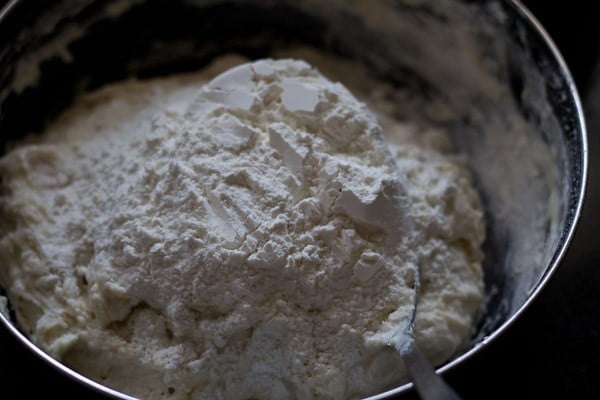

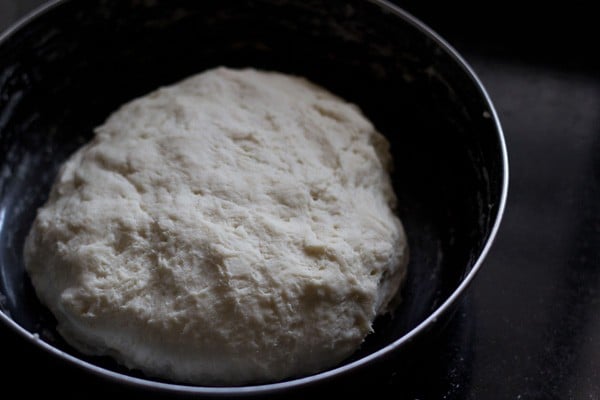
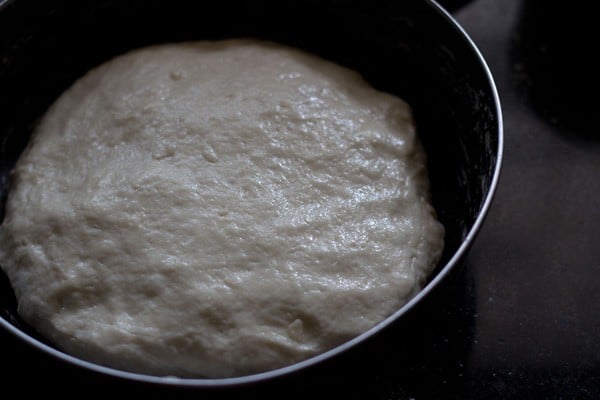

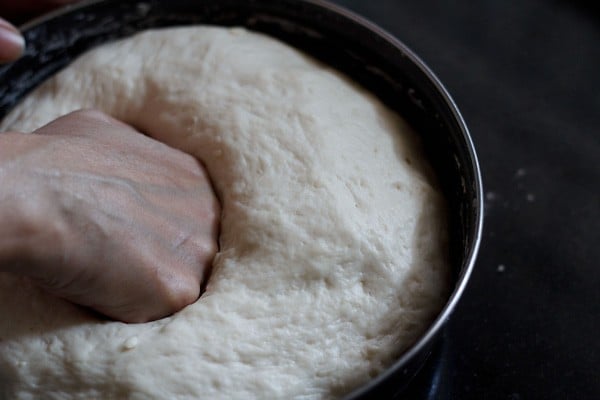
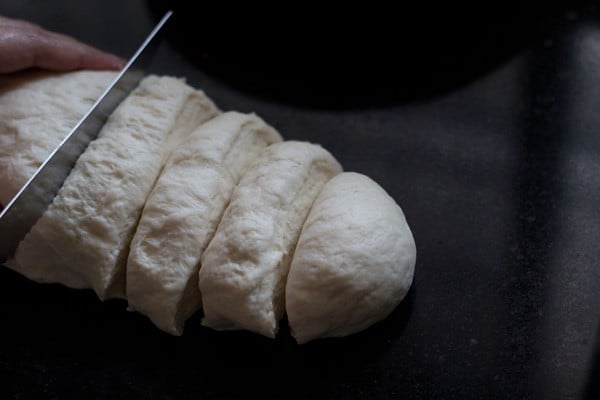
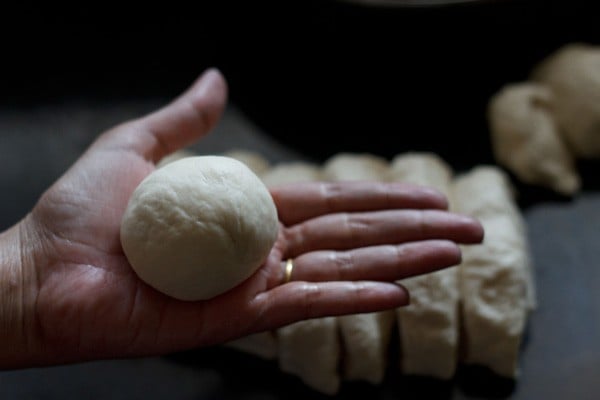


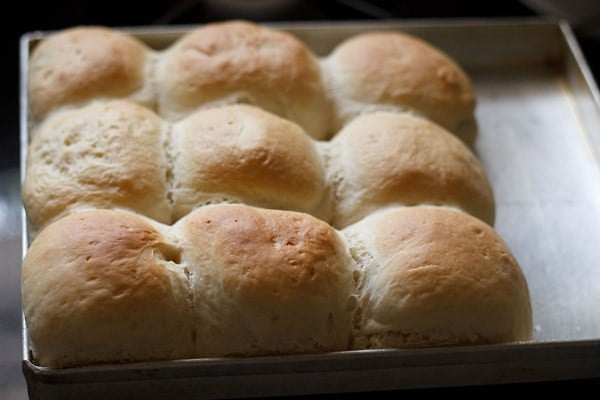

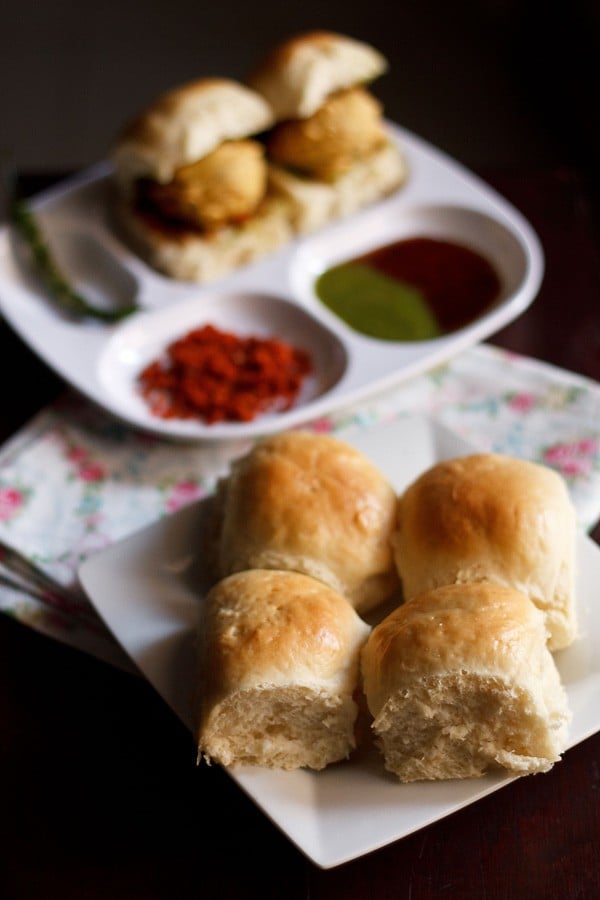
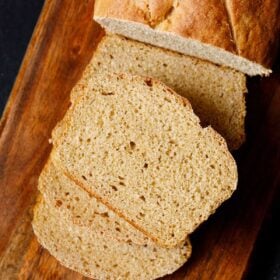
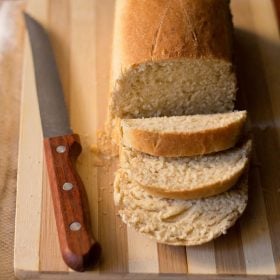
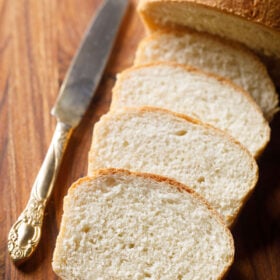
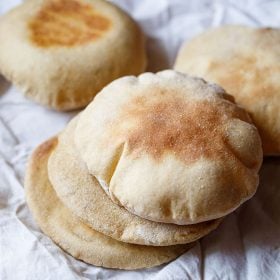
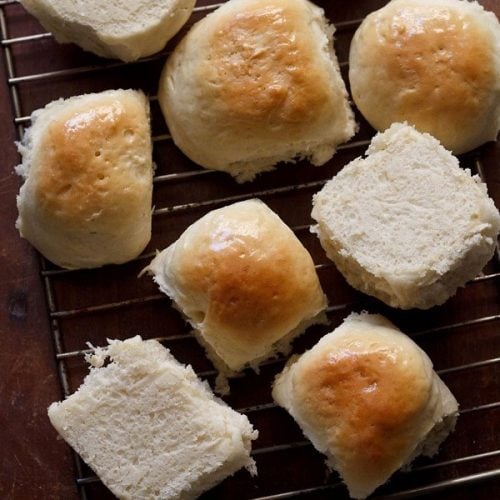
title: “Pav Recipe Ladi Pav Pav Bread " ShowToc: true date: “2024-09-22” author: “Laurie Gonzalez”
About Pav Recipe
Pav is basically a small loaf of bread, introduced by the Portuguese in India. Thus, also referred to as ‘pao,’ going by the Portuguese food traditions. In Hindi, the word Pav refers to ‘quarter or ¼ᵗʰ .’ Sometimes you get the Ladi Pav in a set of 4. It is also said that since the bakers kneaded the dough with their feet at that time, the name is Pav which means ‘feet’ in Hindi. Commercially, Pav is always made with maida or all-purpose flour. However, at home, we can make these small bread rolls with whole wheat flour (atta) or other flours. I also make a Pav Recipe with 100% whole wheat flour. You could opt to make Pav with equal portions of both all-purpose flour and whole wheat flour. Pav made this way using an equal mix of both the flours also yields a soft and light texture. The recipe of Mumbai Ladi Pav in this post is made with 100% all-purpose flour (maida). I make these light bread rolls once in a while or on demand, when the regular Whole Wheat Bread or chapatis get monotonous for the family. I have developed this Pav Recipe over a period of time to get the best result. The recipe method makes use of the sponge or ‘poolish’ method for leavening, resulting in super soft and spongy Pav. I have added instant yeast in the recipe. However, fresh yeast or dry active yeast can also be used. To get the aroma and taste like that of the Ladi Pav made in the bakeries, it is advisable to use fresh yeast. The proportions of all 3 are mentioned in the recipe card below. Usually, I make these Mumbai style buns or dinner rolls to be served with Pav Bhaji, Misal Pav, Masala Pav, Vada Pav, samosa pav or pav sandwich. I never buy Pav from outside as this recipe really yields in excellent homemade bread rolls.
How to make Pav
Make Dough
- In a bowl take, 1 cup all-purpose flour, 1 teaspoon instant yeast (rapid rise yeast) and 2 teaspoons sugar. Make sure the water is lukewarm. If not then all your efforts will go waste. The water should not be hot. Note: If using active dry yeast or fresh yeast, then ensure the water is neither hot nor cool. Hot water will destroy the yeast and less warm water or cool water won’t help in activating the yeast.
- Add 1 cup lukewarm water.
- Stir or whisk to make a smooth and thick batter without any lumps.
- Cover and keep the bowl for 30 to 40 minutes or till you see a bubbly and frothy mixture. The batter would also have risen. The picture below shows the consistency. This is the sponge starter.
- Add 2 tablespoons oil, 1 teaspoon salt and 1 cup all-purpose flour.
- Mix with a spoon or spatula.
- Add 1.25 cups of all-purpose flour.
- Mix and then begin to knead for about 10 to 12 minutes. If the dough appears sticky, then you can add about ¼ to ½ cup flour. The proportion of water to be added depends on the quality of the flour. Overall, I added 3.25 cups flour and 1 cup water. You can also knead the dough using a stand-mixer bowl attached to a dough hook.
- Knead to a smooth, pliable, soft and elastic dough. The dough on stretching should not break or tear.
Leaven Dough
- Spread oil or butter all over the dough. Cover the bowl with a kitchen cotton napkin or a lid and keep the bread to leaven for 20 to 25 minutes. The leavening time depends on the type of yeast used and the temperature conditions.
For instant yeast, 20 to 25 minutes of the first rise is enough. For dry active yeast or fresh yeast, you will have to keep for about 45 minutes to 1 hour or more.
- The risen and doubled dough for Pav.
- Gently punch and deflate the dough and form a log.
- Slice the log into equal portions.
- Take each portion and roll between your palms to get a smooth round roll.
Bake Pav
- Make rolls this way and place them in a greased baking tray keeping 1 inch space between each. Cover and keep for 25 to 30 minutes for the second rise. The small buns would increase in size.
- Then, brush the rolls with some milk. This gives a golden color to the Ladi Pav.
- Place the baking tray in a preheated oven at 200° C/ 390° F for 25 to 30 minutes or till the tops turn golden and the rolls sound hollow on tapping. Before baking, remember to preheat oven at for 200° C/ 390° F 15 minutes.
- Remove the baked rolls from the tray (with a spatula) and place on a wired rack or wired tray, so that they don’t become softened and moist from the bottom due to heat condensation. Brush melted butter or spread softened butter on top of the Pav for a glaze. This is an optional step. 19. Serve Pav warm or at room temperature with any curry like Usal, a vegetable dish or just as plain Maska Pav (buttered rolls) with Masala Chai or Cutting Chai. You can also use them to make Mumbai street food snacks like pav bhaji, misal pav, vada pav or Kacchi Dabeli. Leftover Pav keeps well for about a week in the fridge and a few weeks in the freezer.
Expert Tips
Please be sure to rate the recipe in the recipe card or leave a comment below if you have made it. For more vegetarian inspirations, Sign Up for my emails or follow me on Instagram, Youtube, Facebook, Pinterest or Twitter. Whole Wheat Bread | Wholemeal Bread (Atta Bread) Brown Bread Homemade Bread | White Bread Pita Bread | Whole Wheat Pita Bread (Oven & Stovetop Method) This Pav Recipe from the archives first published in October 2014 has been updated and republished on January 2023.

























